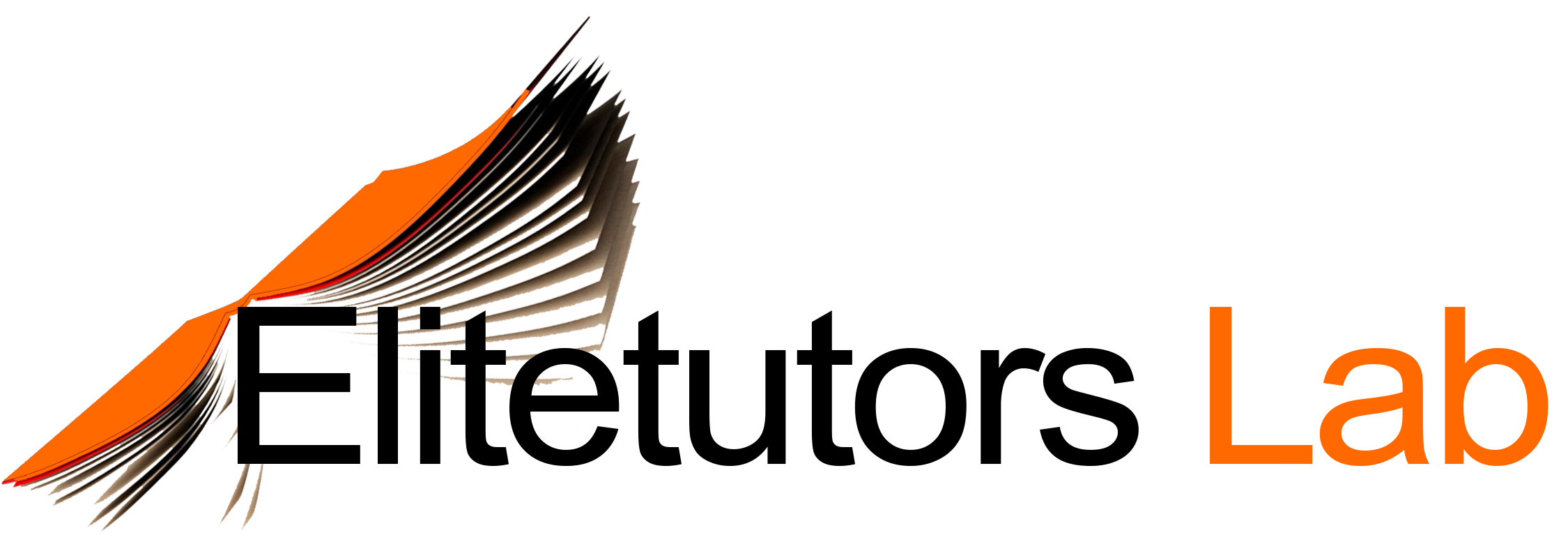Sources
Texts:
The Jesuit Relations, edited by Alan Greer
Seven Myths of the Spanish Conquest, by Matthew Restall
Video:
Cracking the Maya Code
Assignment
Interpretations of the human past are constantly changing, as new sources are made available –
such as demonstrated in the film Catastrophe – and old biases are revised. This exercise
introduces you to examples of these processes of early cultural observation from the past
(Jesuit Relations) and changing interpretations of the past (Seven Myths of the Spanish
Conquest and Cracking the Maya Code).
Prepare a report of three pages, typed and double-spaced, that summarizes important themes
from these sources: two texts and one film.
A. The Jesuit Relations
The activities of the Jesuit religious order in New France was essential to the French presence in
North America during the first century of colonization, as the French monarchy was financially
unable to support colonization at this time. The Jesuits raised funds through the reports on
their activities amongst the native peoples of Canada.
The Introduction to this documentary collection explains the significance of these reports as
what historians refer to a “primary sources” on this historical process. These sources have a
definite bias (as all historical sources do), but they remain a valuable source of information of
this historical process and these Canadian societies.
Required Reading
Introduction (pp. 1-19) to The Jesuit Relations
Select 4 chapters from the 8 chapters of documentary readings in the text The Jesuits
Relations.
o You should discuss the following in your report:
The general theme for each selection of documents
What we learn of the lives of the aboriginal peoples of Canada from these
sources
According to the editor of this collection, why are these sources
important for historians and students of history today?
Recommended Viewing
Black Robe, feature film;
o Links to film and online information at Wikipedia, in course Blackboard site.
B. Seven Myths of the Spanish Conquest
Historians have been reevaluating the past, that is, rewriting what others have said before
them, since the time of a Greek historian named Herodotus.
In the case of one of the most commented on events of modern history, the Spanish Conquest
of the Aztec and Inca empires, European and American historians have been contesting how
and why it happened since Hernan Cortes sent a report to the Spanish king, Charles I,
celebrating his own accomplishments. That interpretation would soon be challenged by other
participants in the conquest of Mexico, and by dozens of historians since then.
So we have multiple points of view (POV) of this event. This latest revision by Professor
Matthew Restall is different because it includes documentation from native allies of the Spanish
that have often been excluded from the story. This new POV changes our understanding of this
age of contact and conquest, as well as of the very nature of the “Spanish” empire.
As another historian, Henry Kamen, has noted recently in his study of the Spanish empire, the
“Spanish” made up probably no more than 10-15 percent of the population, and leadership of,
the empire that stretched from the coast of North Africa to the Philippines. Africans, Asians,
and Native Americans were active participants in this empire; the Spanish could not have
maintained the empire without them, just as the British could never maintained their empire in
Asia and Africa, especially India, without the collaboration of local elites and bureaucrats.
Required Reading
Introduction, “The Lost World of Bernal Diaz”, pp. xiii- xix.
Chapter 1. “A Handful of Adventurers: The Myth of Exceptional Men”.
Chapter 3. “Invisible Warriors: The Myth of the White Conquistador”.
Epilogue, “Cuauhtemoc’s Betrayal”, pp. 147 – 157.
Selections
Select one of the remaining chapters to summarize in your report:
Chapter 2. “Neither Paid Nor Forced: The Myth of the King’s Army”.
Chapter 4. “Under the Lordship of the King: The Myth of Completion”.
Chapter 5. “The Lost Words of La Malinche: The Myth of (Mis)Communication”.
Chapter 6. “The Indians Are Coming to an End: The Myth of Native Desolation”.
Chapter 7. “Apes and Men: The Myth of Superiority”
C. Cracking the Maya Code
Video Source
Cracking the Maya Code (52 minutes), PBS video from NOVA series. Available for viewing in the
course Blackboard site, as well as at the PBS/NOVA web site, and at YouTube. Netflix also has
this film on their streaming video service.
The PBS/NOVA web site for this film also contain useful information to supplement the film.
A more detailed version of this story is also available in video (but not required): Breaking the
Maya Code (118 minutes). A link to information on this source is provided in the folder for this
assignment.
This is a story of how scholars have struggled to regain an understanding of a lost language.
And how this effort was stymied in the 20th century by personal rivalries and jealousies,
including differences based on the Cold War between “the West” and the Soviet Union.
By the way, if you think that what Diego de Landa did regarding the destruction of the Maya
books was bad, are you aware that the Aztecs burned their own books in the early 15th century
to create what they saw as a more “politically correct” history of their tribe?
Do you want your assignment written by the best essay experts? Order now, for an amazing discount.
